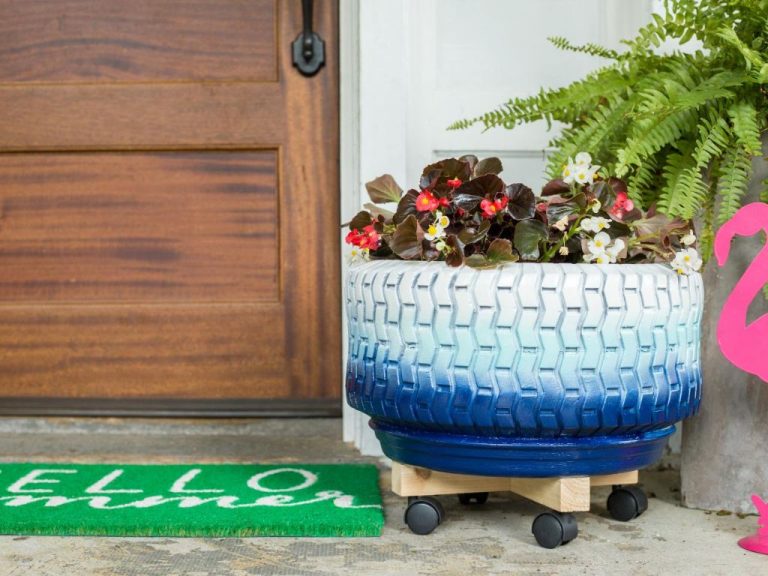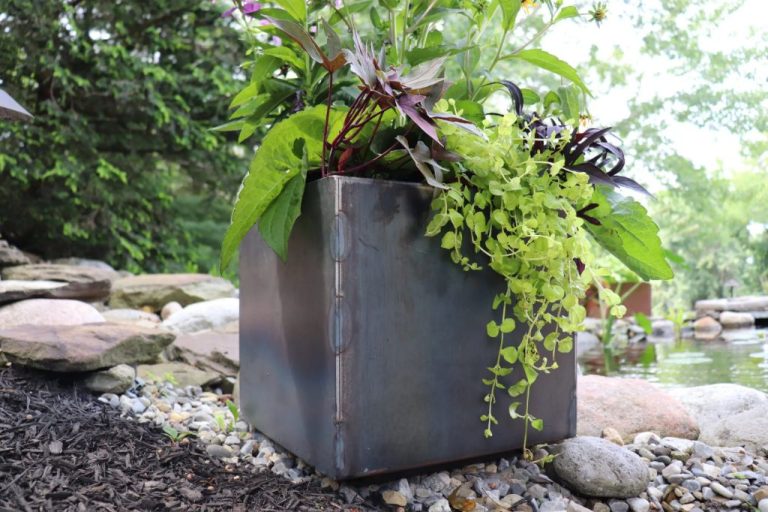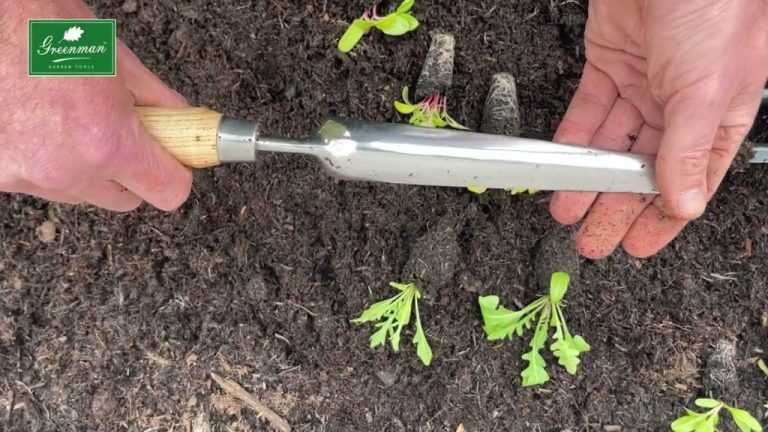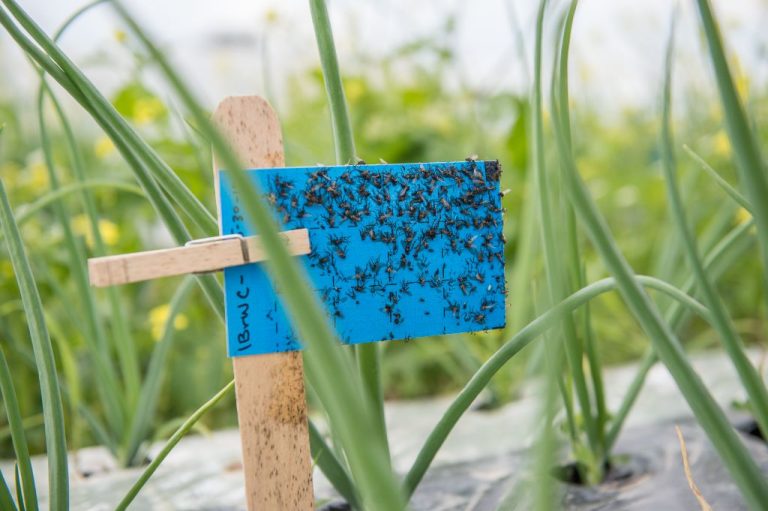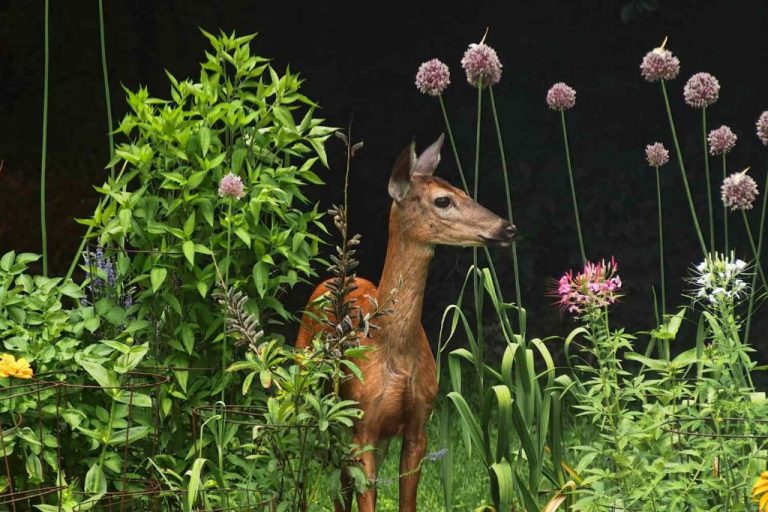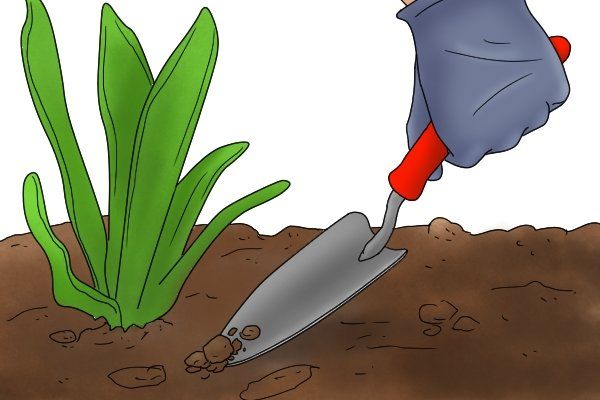Basic Flower Gardening Tips For Beginners
Flower gardening can be an extremely rewarding hobby for beginners. It provides the satisfaction of growing beautiful flowers with your own hands. Some of the key benefits of flower gardening for beginners include bringing beauty and color to your yard, attracting pollinators like bees and butterflies, and having fresh cut flowers for your home. This guide will provide tips and advice to help you succeed right from the start. We’ll cover important topics like choosing a garden site, preparing the soil properly, suggestions for easy plants to start with, and ongoing garden care and maintenance.
Choosing a Site
The first step in starting a flower garden is choosing the right location. Most flowers need at least 6 hours of direct sunlight per day, so pick a spot that gets plenty of sun. Morning sun is best, as it helps dry dew from the plants, reducing the risk of disease. Avoid shady areas near trees or buildings.
Check that the soil is suitable for gardening. It should be loose, fertile, and well-draining. Dense clay soil or very sandy soil will need amendments. Test the drainage by digging a hole 12″ deep and filling it with water. If it doesn’t drain within 12 hours, the site has poor drainage. Add organic matter like compost to improve moisture retention in sandy soils and aeration in clay soils.
Planning Your Garden
One of the keys to a successful flower garden is taking the time to plan it out in advance. First, determine the size and layout of your garden based on the space you have available. Keep in mind that most flowers need at least 6 hours of direct sunlight per day. Choose a spot that receives sufficient sunlight and has good drainage.
Next, select flowers according to bloom time so you’ll have colors in your garden from spring through fall. Pick early bloomers like tulips and daffodils for spring. For summer, choose flowers like zinnias, cosmos, and coneflowers. Late bloomers like chrysanthemums and asters extend color into fall.1
You can also plan companion plantings – grouping certain flowers together that enhance each other’s growth and blooming. For example, plant marigolds near tomatoes to deter pests. And surround lavender with flowers that enjoy hot, dry conditions like salvia and yarrow.
Preparing the Soil
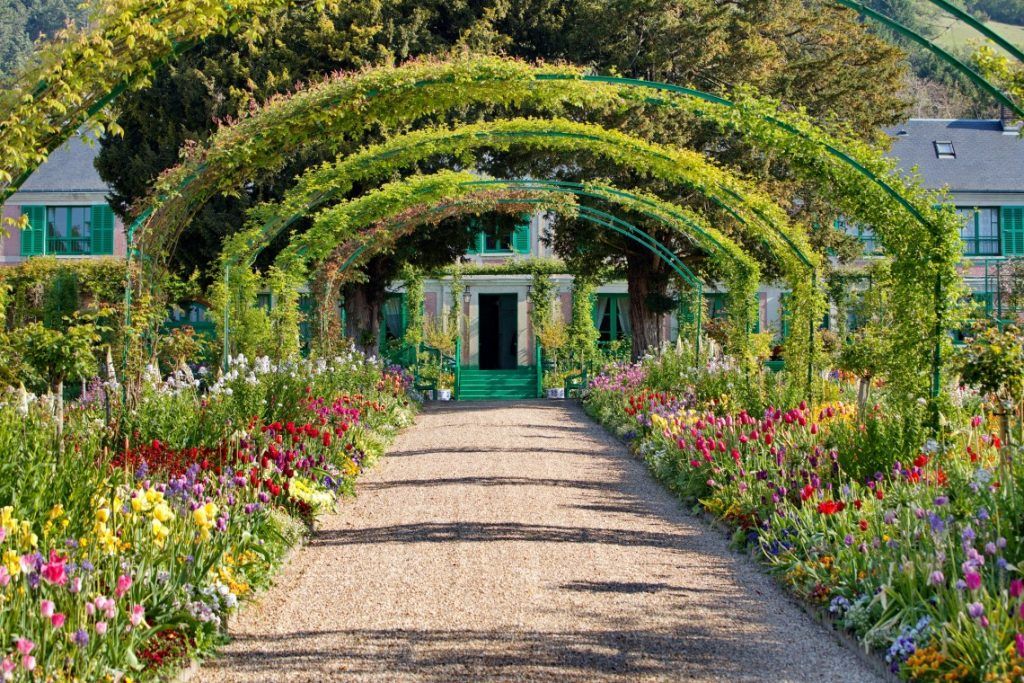
Proper soil preparation is crucial for a successful flower garden. The soil needs to be loose, nutrient-rich, and have good drainage. Here are some tips for getting your soil ready for planting:
First, test your soil’s pH and nutrient levels. Most flowers thrive in slightly acidic soil with a pH between 6.0-6.8. You can purchase an inexpensive soil test kit to measure pH and test for nutrients like nitrogen, phosphorus, and potassium. Based on the test results, you may need to add amendments like lime to raise pH or sulfur to lower it.
In addition to pH, you want soil with good drainage. To test drainage, dig a hole 12 inches deep and fill it with water. If the water doesn’t drain within 12 hours, the soil is too compacted. You can improve drainage by mixing in 2-3 inches of compost or other organic matter like peat moss or rotted manure. Organic matter will also increase nutrient levels.
Finally, make sure to thoroughly mix amendments into the top 6-12 inches of soil. Break up any clumps and remove rocks, sticks, and weeds before planting. Your flower bed soil should be loose, crumbly, and ready for your plants!
Planting
The timing of when to plant your flowers is important to ensure they thrive. Most annual and perennial flowers should be planted after the last spring frost when soil temperatures reach at least 55-65°F. Check your local frost dates and planting zone to determine the optimal planting time. It’s generally best to plant in early spring once the soil has thawed.
When planting flowers, check the seed packet or plant tag for the recommended planting depth and spacing. Most small seeds should be planted 1-2 times as deep as the width of the seed. Larger seeds and transplants are generally planted slightly deeper, around 2-3 times the width of the root ball. Space plants according to the expected mature spread. Proper spacing reduces overcrowding and allows for good air circulation.
Be sure to water newly planted flowers well to settle the soil and eliminate any air pockets around the roots. Water seeded beds and new transplants daily until roots become established. Provide 1-2 inches of water per week for the first month.
For more tips on planting flowers, check out this guide.
Ongoing Care
Proper ongoing care is crucial for a healthy, thriving flower garden. This includes maintaining a consistent watering schedule, fertilizing, and staking/trellising tall flowers as needed.
Establish a routine watering schedule based on your climate, soil type, and specific flowers planted. Most gardens need about 1-2 inches of water per week from rain or watering. Water early in the morning to reduce evaporation. Use a soaker hose or watering wand instead of overhead sprinklers to avoid fungal diseases.1
Fertilize your flower beds 2-3 times per season, in early spring, mid-summer, and fall, using either granular fertilizer or liquid feeds. Always follow label directions carefully. Fertilizing keeps plants actively growing and flowering. Organic options like compost and manure also enrich the soil over time.
Staking and trellising taller flowers prevents damage from toppling over in wind and rain. Use stakes and soft plant ties on individual stems or install trellises for vining plants like clematis. Staking improves air circulation and visual appeal as well.2
Pest and Disease Control
Blossoming gardens attract more than just admiring eyes. Pests like aphids, slugs, and fungus can quickly wreak havoc. Beginner gardeners should familiarize themselves with common garden pests and diseases to identify and address issues early on.
Some frequent flower garden nuisances include:
- Aphids – Small sap-sucking insects that cluster on stems and leaves.
- Thrips – Tiny bugs that rasp plant tissue and spread disease.
- Whiteflies – Winged insects that weaken plants by sucking sap.
- Slugs and snails – Leave holes in foliage and flowers as they feed at night.
- Powdery mildew – A fungal disease creating a white powdery coating on leaves.
- Black spot – Fungal disease causing black spots on stems, leaves, and flowers.
The best defense is prevention. Follow these organic tips to keep pests and diseases at bay:
- Remove weeds that can harbor pests.
- Use drip irrigation to keep foliage dry.
- Apply mulch to suppress weeds and slugs.
- Rotate annual plantings to different beds.
- Prune and thin plants to increase airflow.
- Use row covers as physical barriers.
If pests do strike, try gentle organic treatments like insecticidal soap, neem oil, or horticultural oil sprays. Always identify the problem accurately before attempting to treat it.
Deadheading and Pruning
Deadheading and pruning are two vital gardening practices to keep your plants healthy and flowering for as long as possible. Deadheading refers to the removal of faded or dead flowers in order to divert a plant’s energy into growing more blooms rather than going to seed. Pruning is the selective removal of plant parts like dead or damaged branches or stems to shape plants and promote new growth.
Both deadheading and pruning encourage more blooms by eliminating non-productive areas and allowing the plant to focus its energy on buds and flowers. According to Martha Stewart (https://www.marthastewart.com/8041967/deadheading-pruning-differences), deadheading “cleans up the plant” so blooming happens again, while pruning shapes the plant to grow fuller. You’ll notice more prolific flowering when consistently removing spent blooms and removing select stems and branches with secateurs throughout the season.
Deadheading and pruning also maintain plant health by preventing pests and disease. Removing dead flowers and foliage eliminates hiding places for pests. Pruning away dead or damaged branches prevents the spread of infection. Keep tools sanitized between plants to avoid transmitting diseases. Maintain vigor through proper feeding, watering, and mulching as well.
When in doubt, remember – deadheading produces more blooms while pruning maintains plant shape and health. Do both practices regularly in the garden for maximum results.
Preparing for Winter
As winter approaches, there are some key steps to take in order to prepare your flower garden and help your plants survive the cold weather. Proper winter preparation will give your flowers the best chance of thriving once spring arrives again.
One of the most important steps is to provide protection from frost and freezing temperatures. Many flowering plants are damaged or killed by hard frosts. Tender perennials, annuals, and container plants will need to be moved indoors or to a sheltered area like an unheated garage. Cold frames or cloches can also help shield plants from frost. Mulching plants with a 3-4 inch layer of bark chips, leaves, or straw acts as insulation to protect root systems from freezing [1].
It’s also vital to fertilize your garden in fall, before the ground freezes. Use a balanced organic fertilizer or compost to encourage strong root growth. The nutrients absorbed by the roots will help your plants thrive when growth resumes in spring. Stop fertilizing 6 weeks before your first expected frost date [2].
Finally, apply a 2-4 inch layer of mulch over beds after the ground has frozen. The mulch acts as insulation to prevent frost heaving, where freeze-thaw cycles push plants up from the soil. It also helps conserve moisture and suppresses weeds. Use shredded bark, compost, leaves, evergreen boughs or straw as mulch. Wait until the ground has frozen to apply mulch so that you don’t provide shelter for rodents or insects.
Tips and Tricks
Some creative ideas for beginner flower gardeners include:
- Interplanting flowers with herbs and veggies – Combining edible plants with flowers makes efficient use of space and creates an ornamental edible garden. Try planting nasturtiums, calendula, and violas with lettuce, tomatoes, and basil.
- Upcycling household items into garden art – Old pots, cutlery, and vintage pieces can add whimsy and charm. Paint terra cotta pots, use spoons to mark rows, or make garden signs from scraps.
- Adding vertical interest – Hang baskets, trellises, obelisks and arbors allow you to grow upwards. Great for small spaces!
Some common mistakes to avoid as a new flower gardener:
- Overcrowding plants – Leave adequate space between plants and rows for air circulation and growth.
- Improper watering – Water thoroughly at soil level and adjust frequency based on climate, avoiding leaves.
- Poor soil preparation – Mix in compost and fertilizers at planting time to enrich the soil.
- Forgetting deadheading – Regularly trim spent blooms to encourage more flowers.
Creatively using space and avoiding basic errors will lead to a beautiful, productive first flower garden. Check out this guide for more ideas.

